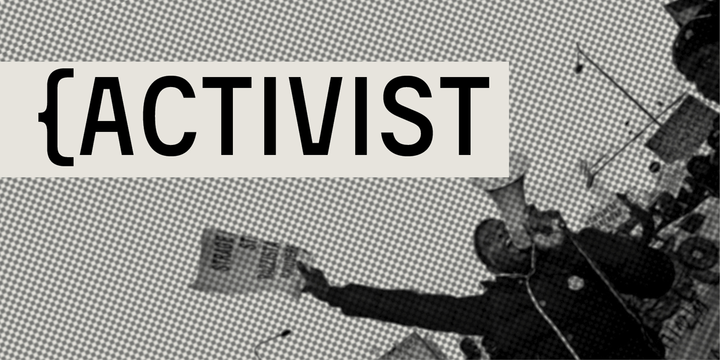HOW to Become an “Activist” that Makes Change Happen
So…assuming you’ve read the previous post about WHAT it takes to be an “activist for change”, I hope you’re back to learn more about the HOW.
In this post we’ll dive into the success factors. Having personally spearheaded many grassroots- & top down- initiatives, these factors are based on my personal experiences & convictions. Having said that…I’d love to hear your perspectives. Do they resonate? Have you experienced them like I have?
The following are the “9 P’s” of activism I’d like to propose. Incidentally, I believe the first 5 are more about “your mindset,” while the last 4 are more about “engaging others:”
- Passion: you’ve got to believe & act when no one else does. You’re the engine, the source of inspiration & energy for your followers….yes, even when you’re scared and disoriented. They’ll draw their sense of confidence (or lack of it) from you. Feed yours…feed theirs…constantly.
- Persistence: repeat, repeat, repeat. Do, do, do. Grind, grind, grind. Everyone can have a burst of energy that fizzles out, but coupled with persistent action, a ripple becomes a wave. Most causes eventually succeed because of dogged action…outworking the competition…not because of brilliance. Run, walk, crawl…but keep going!

- Patience: visionaries and activists are often the most frustrated people on the planet. Realize that anything worth doing takes time. Plant seeds, water them, connect people, build community, create a platform, invest in leaders. Adrenalin carries you only so far, building core strength takes time. Plan for a marathon, not a dash.
- Paradox: understand and embrace that you live in two worlds. One that is a vision of your future goals & ideals, the other that is today…that doesn’t understand or appreciate you, with norms and systems that are often hostile to your cause. Rather than retreat in isolation or oppose everything, find creative ways to use the system to your advantage…tell stories, contrast messages, highlight where you can agree to gain acceptance, point out differences…
- Pragmatic: activism is often about finding the right balance between disruption and strategic tactfulness. Not every hill is worth dying on…not every bridge is worth burning, especially when you need to build coalitions to succeed. You may need to zoom out, assess, pick your battles, re-adjust…Remember, taking a different approach doesn’t mean your quitting, it means you’re learning.
- Platform (new!): how do people join your movement or meet other like-minded folks? where can they go to find more information, inspiration, or the latest update? – newsletter, club meeting, blog, luncheons, web-site, facebook page…As your movement grows you’ll certainly use several channels concurrently, the main thing is to have a simple & effective way to attract, communicate & network your followers.
- Protection (new!): activists are endangered species, swimming upstream, counter to existing norms and paradigms. Taking on the status quo is precarious and must be done with caution – a bit like guerilla warfare…jumping out of the bushes to strike, blending back in to take cover. Therefore having “organizational cover” from someone higher-up is extremely important – a sponsor, senior manager, sympathetic influencer…Someone who shares the mindset, provides support, gives credibility and cover when needed.
- Partnership (new!): while activism is often very personal and initially driven by a few individuals, it rarely grows into a significant movement without partnering with others who have overlapping interests. The term “overlap” is key as goals don’t necessarily have to be identical, just enough to work together and pool some key efforts & resources. You have a need, I have the approach? You have an audience, I have a message?…Let’s work together!
- People: never forget that it’s about tapping into people’s passion, vision and experience. Creating a movement requires both grassroots participation, and also a select group of leaders & sponsors who “get it” and can give you a platform and protection. But remember, no matter at which level, you need to create a compelling cause for PEOPLE. What’s the “hook” that makes it relatable and attractive for THEM? Where can they find themselves in the story?…and make it THEIR STORY.
So, where are you in all of this? What’s the missing “P-vitamin” you need to take to strengthen your cause and move it forward? Take it off the shelf, commit to using it…actively!
Picture: www.myfont.com





